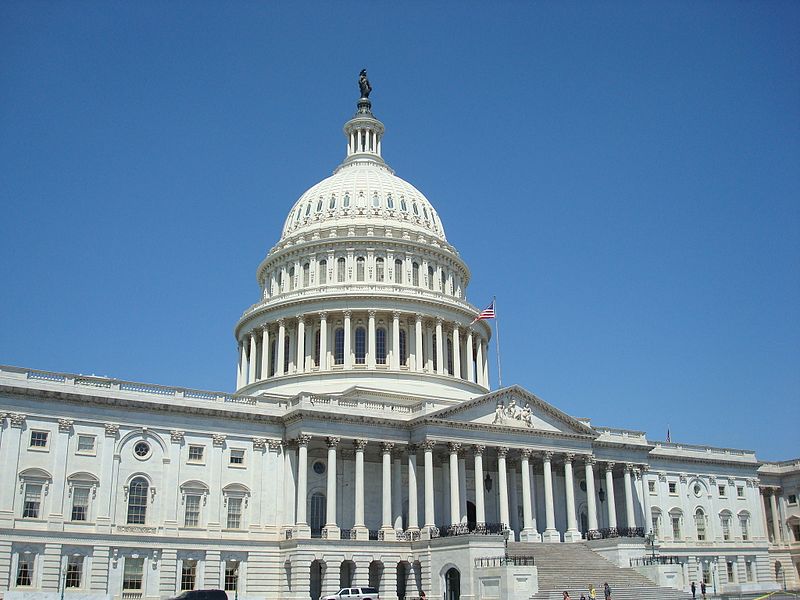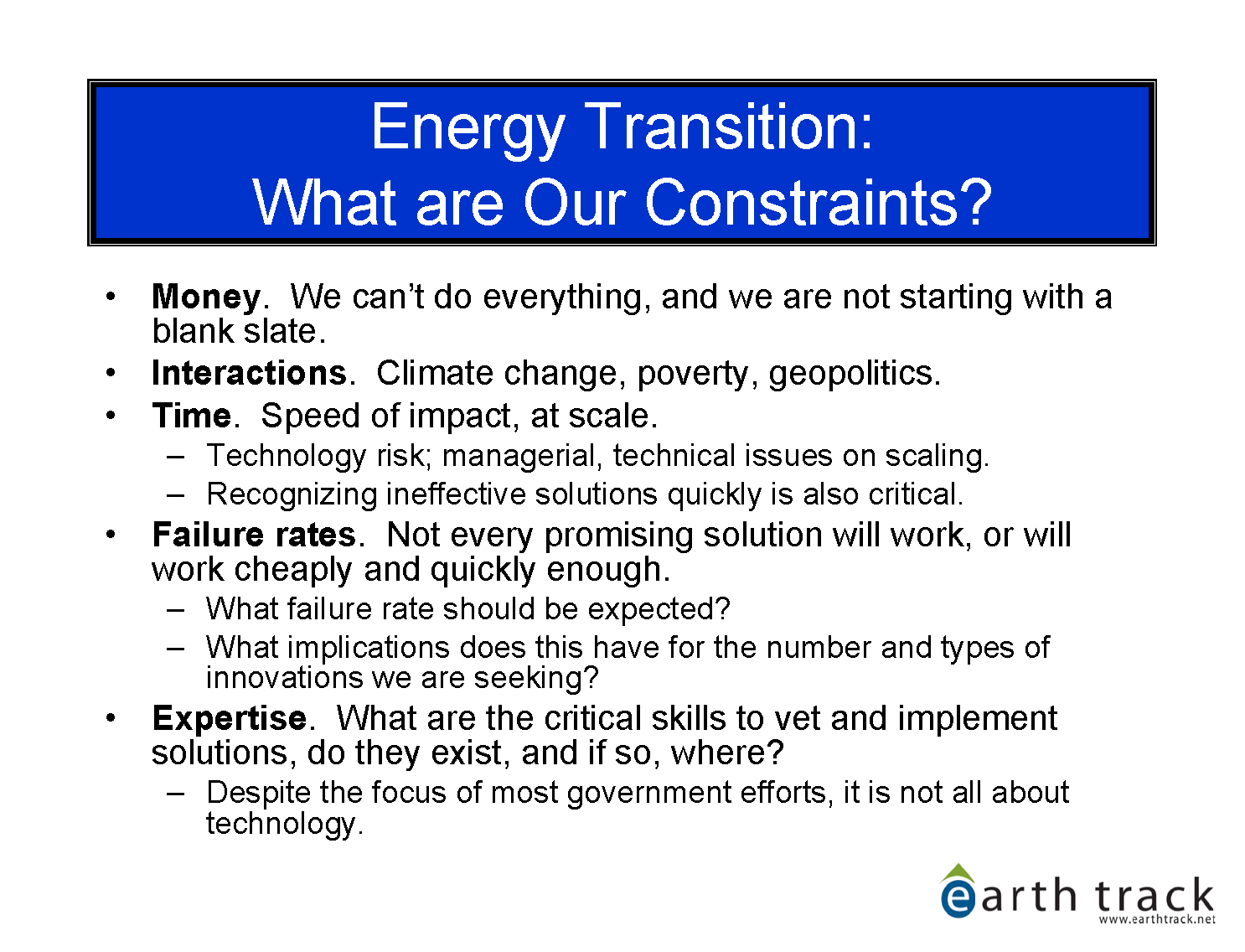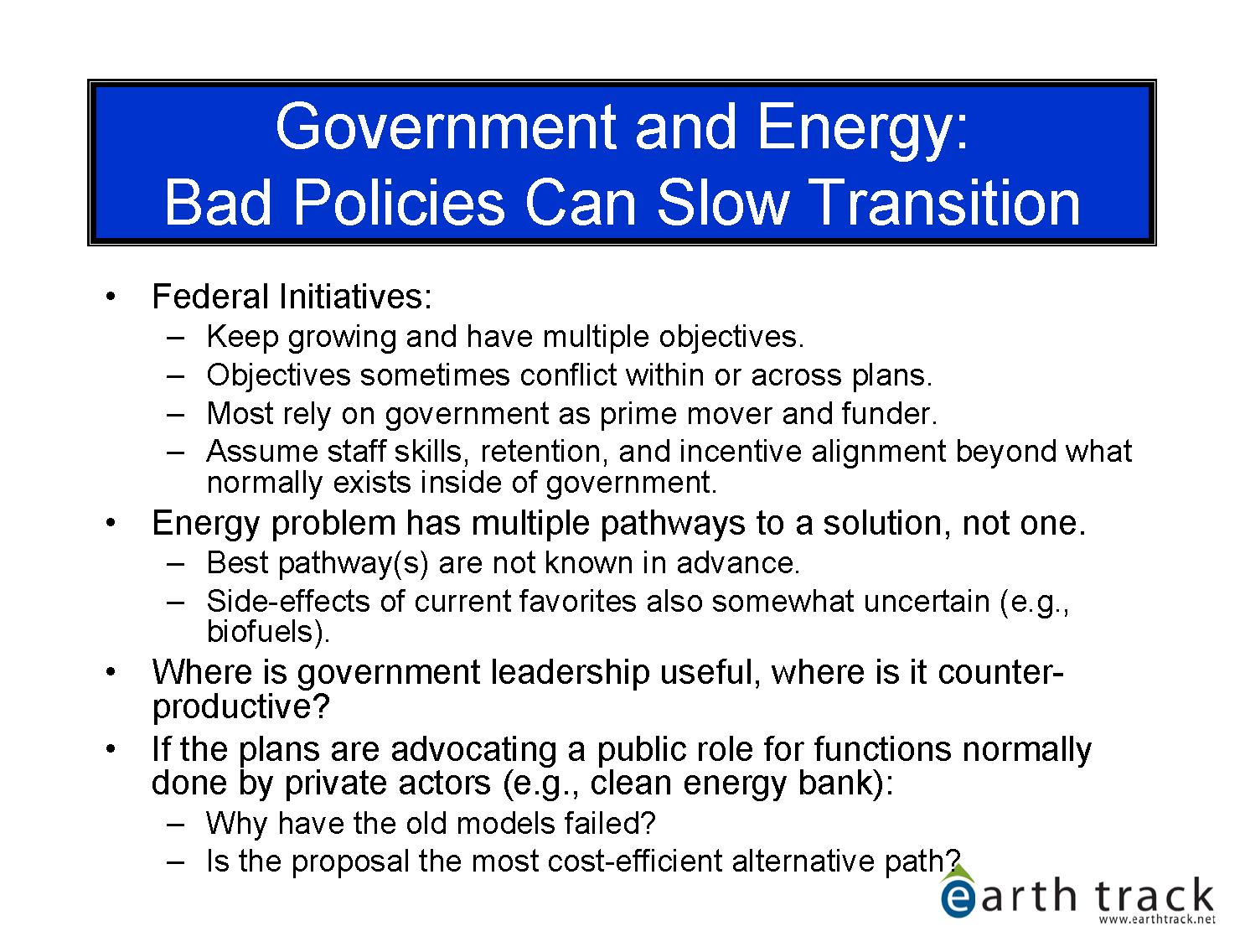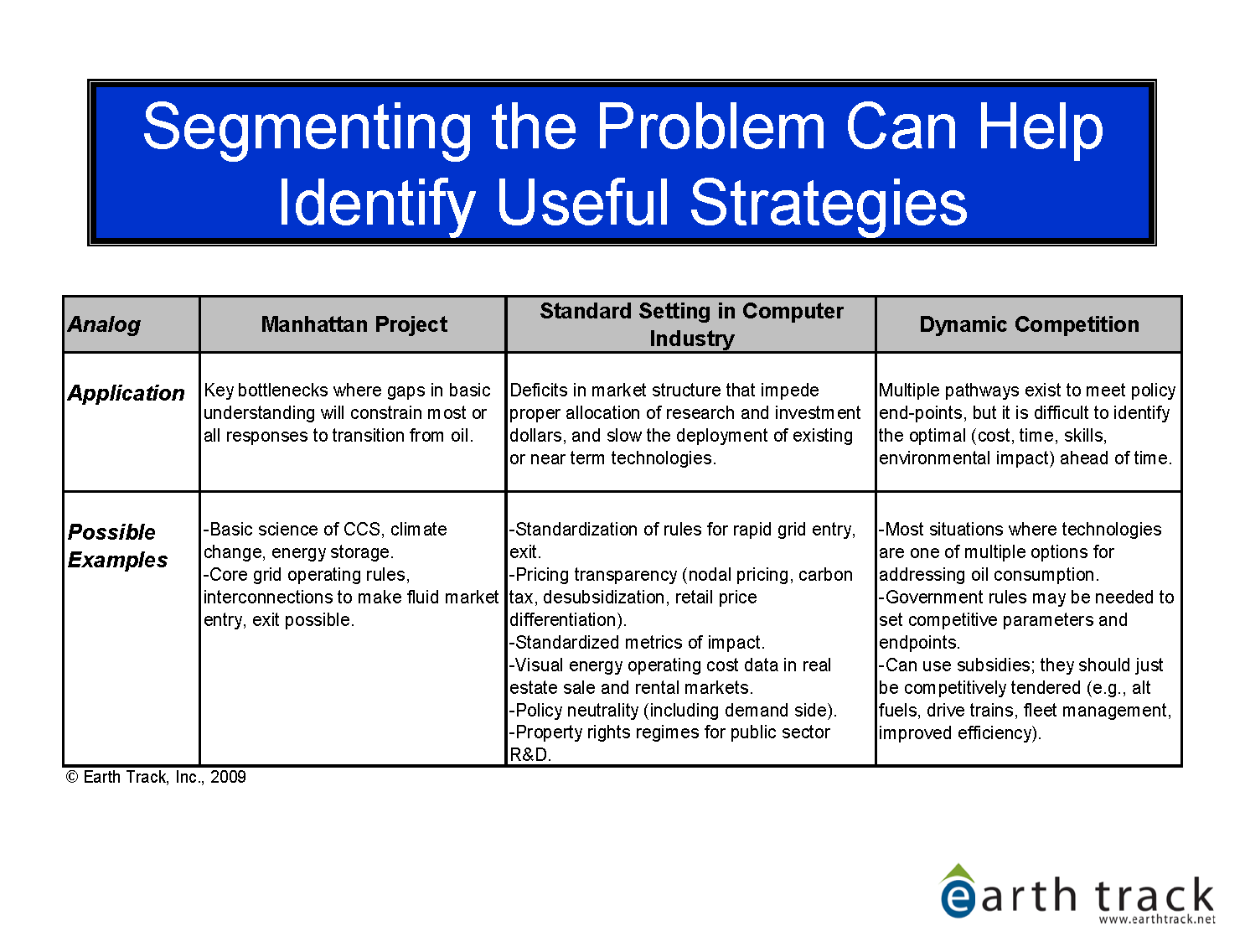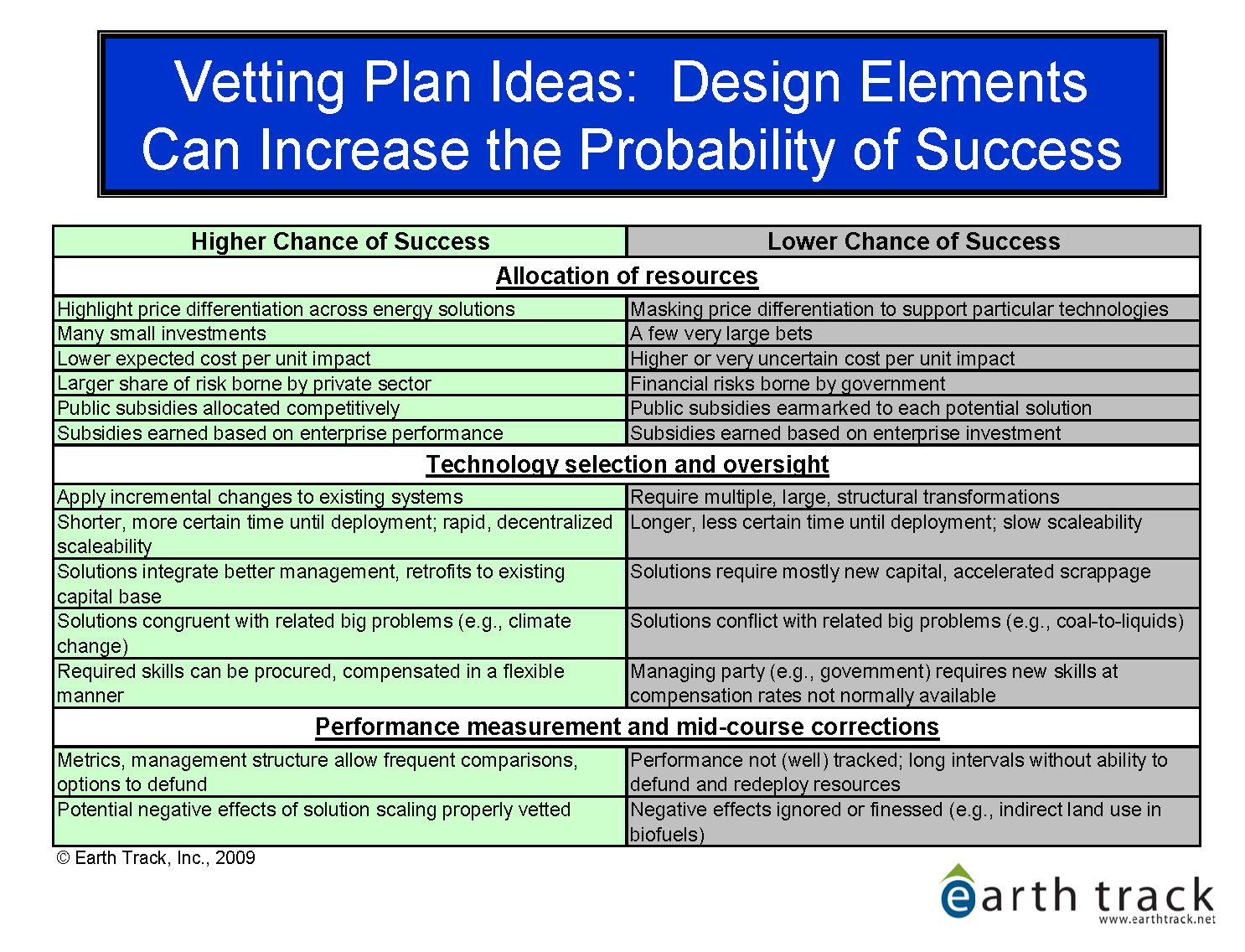Decarbonizing a large financial portfolio is a complicated task. Investment managers and their fiduciaries need to ensure that institutional requirements can continue to be met even with greenhouse gas constraints on investment choices. Selecting what to cull and what to keep is not always straightforward. Once beyond the most obvious fossil fuel extraction companies, identifying which firms are acceptable investments in a carbon constrained world becomes more gray. There are greenhouse gas-intensive firms in other sectors. There are firms that are efficient producers within their sector, but still more carbon-intensive than alternatives once a slightly longer time frame is incorporated. Lines of business (such as finance or retailing) that appear to have low direct emissions from the consumer-facing portion of the industry, yet be linked to quite substantial emissions once their supply chains, borrowers, or embedded emissions in products (e.g., with refrigeration or air conditioning) are taken into account.
Read Earth Track's Analysis: Investment Disclosures by Asset Class -
Current Practice at Harvard Compared to Large Funds
And measuring climate impacts remains an imperfect process, with sometimes wide disparities in how different tracking organizations evaluate carbon impacts of the companies they monitor. Further, the depth and breadth of coverage and evaluation drops off sharply as one moves from publicly-traded firms to private; from large firms to smaller; and from highly-analyzed developed market firms to developing and frontier countries. State-owned enterprises, big players in oil and gas around the world, do not always publish reliable and transparent books of account.
Further, if the world progresses as needed to address the threat of climate change, it is clear that many of the firms and industries deemed acceptable in a 2021 portfolio will no longer be so in 2025, 2030, and beyond. Indeed, the evaluative process will need to be continuous and dynamic.
True, many of these problems will improve over time. But that time will measure in decades, not years; and each step will be a potential battle. The Financial Accounting Standards Board, set up to establish standardized rules for corporate financial reporting, is nearly 50 years old. And yet it continues to grapple with new challenges year-in and year-out. ESG standards are more wide ranging and often more difficult to quantify. Further, at least at present, there is less pressure on firms to adopt and apply them. Consider that with financial reporting, even a small privately-owned firm in a sector with no public-facing reputational risk needs to take on bank loans, and the banks will require audited and accurate financial statements. The insurers will want reliable financial information, as will many customers. A similarly-situated firm in an environmentally-problematic industry will not see the same pressure to rigorously adopt standardized environmental reporting.
Because decarbonizing a multi-billion dollar endowment is a process rather than a statement or an event, one needs to pay careful attention to the checks and balances, the disclosures, and the oversight of actions and procedures that the investment managers and their overseers put into place. End goals are important, but not without interim milestones that are both concrete and verifiable. Public commitments are commendable, but not without public disclosure that allows others to see, evaluate, and critique the progress, or lack thereof.
The good news is that while it is very hard to cost-efficiently pull CO2 out of the air, it is much less hard to establish a robust set of checks and balances on endowments. These oversight mechanisms can both protect the core (and real) needs of investment managers to move quickly and strategically on their investment strategy, while also ensuring detailed disclosure of those investments over time such that key stakeholders are able to see regular and systematic progress in the endowment's transition to net zero and beyond.
A key element in this oversight is much more extensive disclosure of investment holdings than what Harvard currently does. Earth Track's review assesses Harvard's endowment asset-class by asset-class. How big is each category in terms of total holdings? What has the university committed to do in terms of disclosure and decarbonization? What should disclosure look like for each asset class, and where are other large investment funds already disclosing much more detail than Harvard does, and yet surviving just fine?



